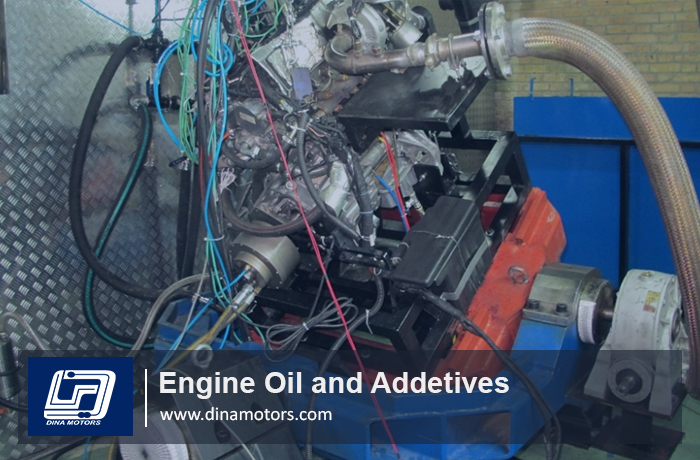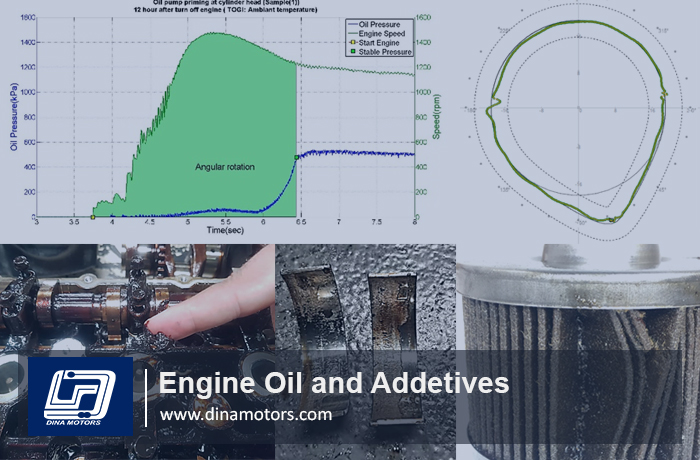
Tests of Mechanical Engine Losses Using Various Types of Engine Oil
Mechanical losses tests are conducted on the dyno, where the measurement of torque needed for a combustion engine running under set conditions is possible. The aim of the test is to define the influence of the engine oil in use on the engine’s mechanical efficiency and the reduction of frictional losses. The choice of engine oil also influences the engine’s fuel consumption – and thereby CO2 emissions. The results permit improvement of the lubricating properties of engine oils through quantifying the influence of individual oil additives on the friction within the engine.
.
Tests of Fuel Dilution of Engine Oil
Tests of fuel dilution of engine oil and the resulting influence on wear of individual engine components are conducted on the engine dyno. In modern Diesel engines, such dilution phenomena most often occur due to frequent particle filter (DPF) regenerations. During testing, through control of the number of DPF filter regenerations, a designated value of fuel concentration in engine oil is maintained, which allows evaluation of the negative influence of phenomena linked to fuel dilution of engine oil on engine components. During tests, oil samples are subjected to regular chemical analyses in order to determine the level of dilution as well as the content of metallic elements.
.
Oil Aeration Test
Excessive solubility of air in the oil reduces the oil film in the bearings and causes serious damage to them. This will decrease engine life time and will Leads to financial losses, which is why producing the right oil is so important. In Dina Motors we measure amount of oil aeration using precise equipment.
.
Benchmarking Tests
Comparative tests of the “benchmarking” type are conducted on the engine dyno in order to determine the influence fuel and engine oil produced by different manufacturers on engine parameters. During the test, comparative analyses are conducted based on data such as: engine performance, exhaust emissions, fuel consumption, engine subassembly wear and other defined factors. This type of testing allows evaluation of products available on the market and the selection of fuels or engine oils meeting client requirements.
.
Oil Validation Tests
Tests determining an oil’s propensity to form sediments on mechanical parts of the engine, for example, the compressor housing or its influence on the wear of lubricated elements, for example the camshaft or the driveshaft. Oxidation, sludge and varnish lead to an increase in viscosity which increases viscosity, friction and wear. Elements tested can be weighed (weight gained – sediments formed; or weight lost – material wear), subjected to both visual analyses and meteorological measurements, before and after the test.
.

Oil validation tests, for example, durability tests (test duration approx. 1000 h), cold start, efficiency of the lubricating system, allow all engine components whose durability is influenced by the engine oil to be tested. For modern turbocharged engines, often oil validation tests are performed by determining the quantity of sediments formed on the compressor housing and their influence on engine parameters. Requirements of oil characteristics are the temperature rise of the boost air and sediment formation on the compressor. Sediments on the compressor heavily influence its efficiency and durability, both raising the temperature of the boost air and lowering the efficiency of the entire engine.

